Embarking on a journey with exotic reptiles requires careful planning, knowledge of regulations, and proper preparation to ensure both the animal’s well-being and compliance with laws. Whether you’re relocating, attending a reptile exhibition, or simply taking your scaly companion on vacation, traveling with exotic reptiles presents unique challenges that differ significantly from traveling with conventional pets. The sensitive nature of reptiles, combined with complex international and domestic regulations, means that impromptu travel is rarely an option. This comprehensive guide will walk you through the essential steps and considerations for transporting your exotic reptile safely and legally, helping you navigate potential obstacles while keeping your cold-blooded companion comfortable throughout the journey.
Understanding Legal Requirements for Reptile Transport

Before planning any trip with an exotic reptile, researching and understanding the legal landscape is absolutely essential. Many reptile species are protected under the Convention on International Trade in Endangered Species (CITES), which regulates or prohibits their movement across international borders. Additionally, individual countries, states, and even municipalities may have their own restrictions on certain species, requiring permits, health certificates, or outright banning particular reptiles. For instance, transporting a Burmese python across state lines in the United States can be illegal in many circumstances due to their status as an invasive species in Florida. Always contact the relevant wildlife authorities, customs offices, and transportation carriers well in advance—ideally months before your planned journey—to determine exactly what documentation you’ll need and whether your travel plans are feasible with your particular reptile species.
Obtaining Necessary Permits and Documentation
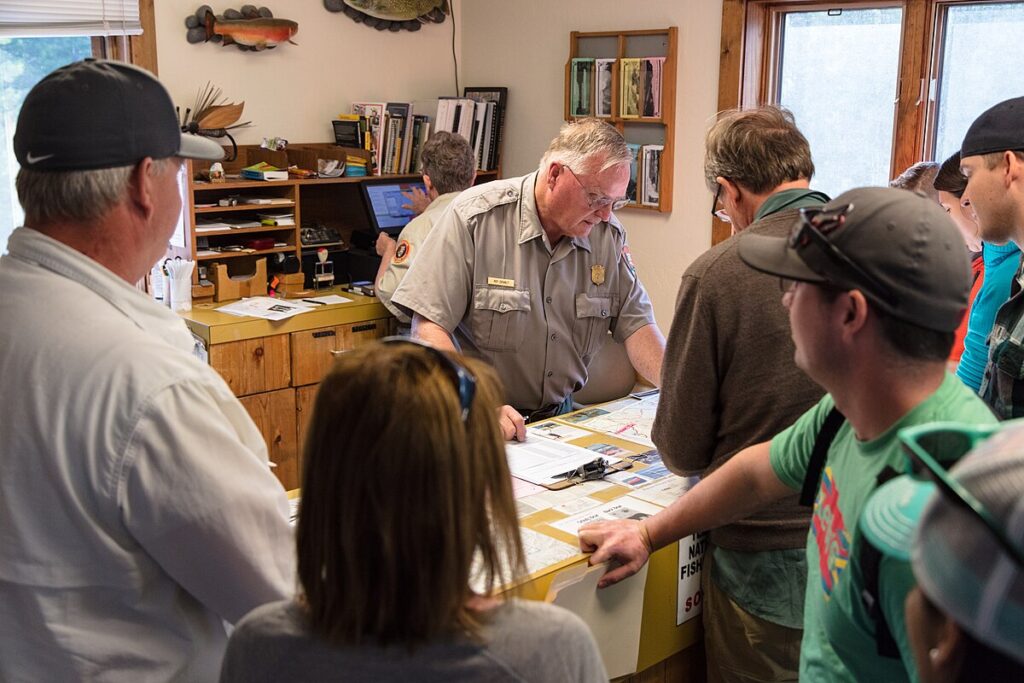
Securing the proper documentation for traveling with exotic reptiles often involves a multi-step process that requires significant lead time. For international travel, you’ll typically need CITES permits if your reptile is listed in any of the convention’s appendices, which must be obtained from both the exporting and importing countries’ wildlife authorities. Many destinations also require veterinary health certificates issued within a specific timeframe before travel, confirming your reptile is free from diseases and parasites. For domestic travel within countries like the United States, interstate transport certificates may be necessary, and you should carry proof of legal acquisition such as purchase receipts or breeding records. Keep all documentation organized in a waterproof folder that’s easily accessible during your journey, and make multiple copies stored in separate locations in case of loss or damage during travel.
Choosing the Right Transportation Method
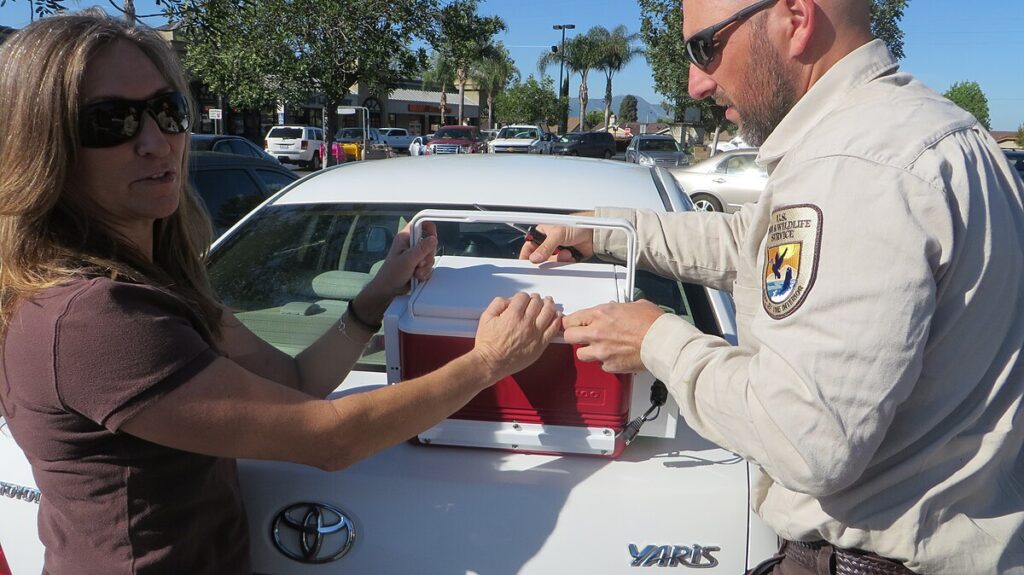
Selecting the appropriate transportation method is crucial for your reptile’s safety and depends on the distance, duration, and nature of your journey. For short distances, private vehicle transport offers the most control over environmental conditions and minimizes stress for your reptile. Air travel becomes necessary for longer distances, but presents additional challenges as not all airlines accept reptiles, and those that do have varying policies regarding which species they’ll transport and how. Some airlines only allow reptiles in the cabin under specific size restrictions, while others require cargo transport, which may expose animals to temperature fluctuations and handling by personnel unfamiliar with reptiles. Train and bus services generally have more restrictive policies, with many prohibiting reptiles entirely. Research thoroughly and contact transportation providers directly to understand their specific requirements and limitations before booking any travel arrangements.
Selecting Appropriate Travel Containers
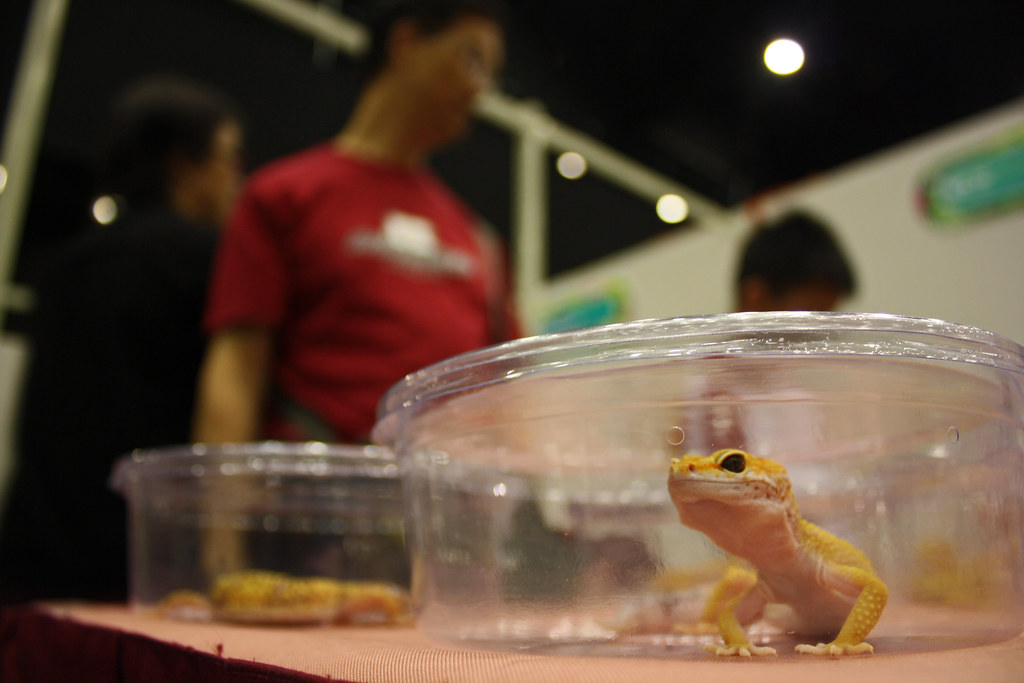
The proper travel container is essential for your reptile’s safety, security, and comfort during transport. Ideal containers should be escape-proof, well-ventilated, insulated against temperature changes, and appropriately sized—large enough for the animal to move slightly but not so spacious that they risk injury during movement. Commercial reptile shipping containers are available, but modified plastic containers with secure lids and ventilation holes can also work effectively for many species. For air travel, containers must comply with International Air Transport Association (IATA) Live Animal Regulations, which specify minimum requirements for different species. The container should include appropriate substrate that provides cushioning without risk of ingestion, and secure water dishes that won’t spill during transport. For venomous species, specialized containers with double-secure locking mechanisms and clear “Venomous Reptile” labeling are mandatory to ensure handler safety.
Managing Temperature During Transport

Temperature regulation represents one of the most critical aspects of reptile transport, as these ectothermic animals rely entirely on external heat sources to maintain their bodily functions. Exposure to temperatures outside their optimal range can quickly become life-threatening, making proper insulation and temperature management essential. For shorter journeys, heat packs or ice packs (depending on the species’ needs and ambient conditions) can be secured to the outside of the container, separated from direct contact with the animal by insulating material. Digital thermometers with probes can be placed inside the container to monitor temperatures throughout the journey. For longer transports, specialized shipping containers with built-in temperature regulation systems may be necessary, particularly for highly temperature-sensitive species like chameleons or certain tropical geckos. Always research your specific reptile’s temperature requirements and plan for worst-case scenarios such as unexpected delays or extreme weather conditions.
Preparing Your Reptile for the Journey
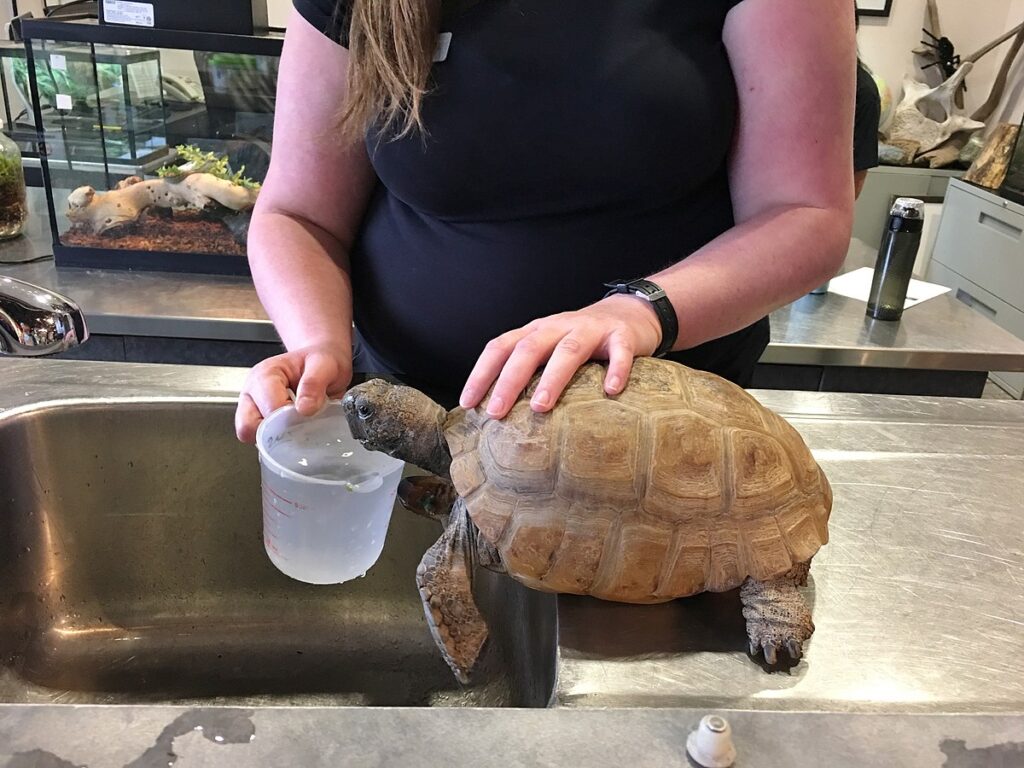
Proper preparation of your reptile before travel can significantly reduce stress and health risks during the journey. Schedule a veterinary check-up at least several weeks before departure to ensure your reptile is healthy enough for travel and to address any existing health concerns. For most reptile species, fasting before transport is recommended—generally 48-72 hours for medium to large species and 24-48 hours for smaller ones—to reduce the risk of regurgitation and soiling during transport. However, hydration remains crucial, so ensure your reptile is well-hydrated before the journey begins. Gradually acclimate your reptile to its travel container by placing it inside for increasingly longer periods in the days leading up to departure. This familiarization process can significantly reduce stress during the actual journey, as the container will already have the animal’s scent and feel less foreign during the high-stress transport period.
Navigating Airport Security and Customs
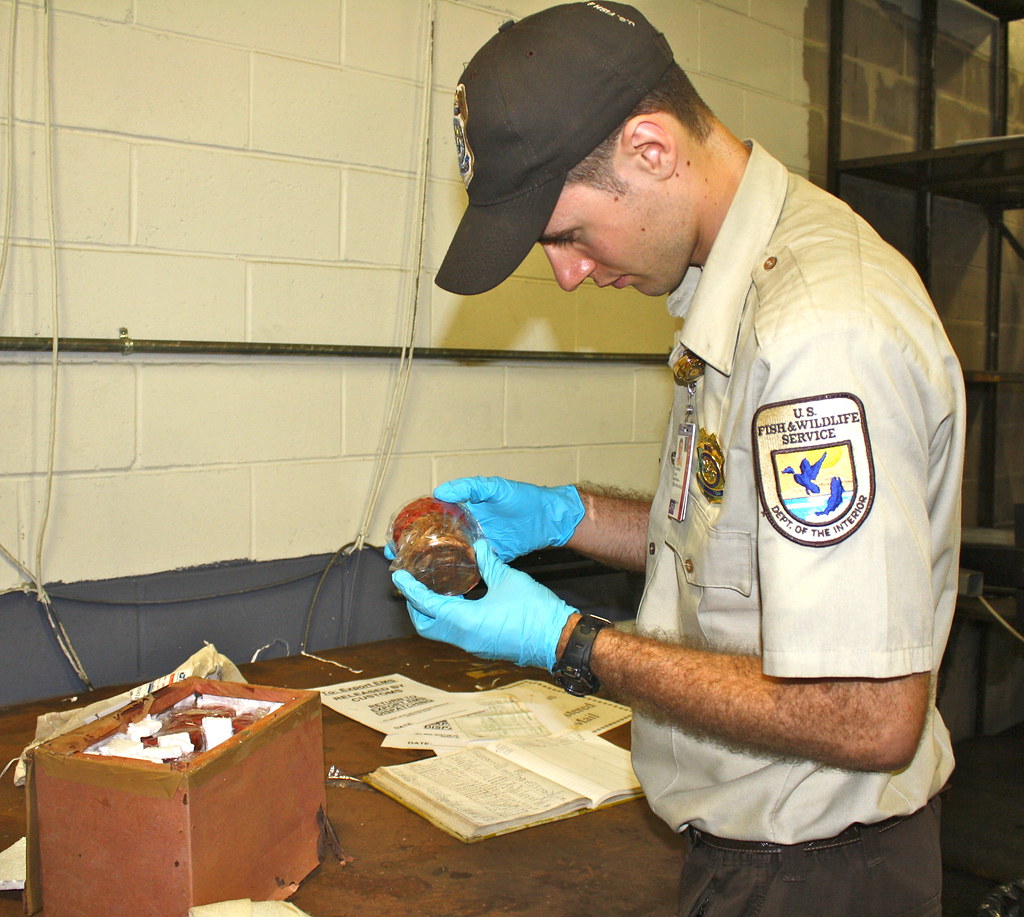
Transporting reptiles through airports requires special consideration and often additional time allowances in your travel schedule. When traveling with reptiles in carry-on luggage, inform security personnel before screening begins to determine the appropriate procedure, as reptiles cannot go through X-ray machines. Some airports may require manual inspection of the container, potentially in a private screening area. For international travel, research customs procedures at your destination well in advance, as some countries require immediate inspection upon arrival, while others may have quarantine requirements that can range from several days to months. Always arrive at the airport significantly earlier than recommended for regular travel—at least three hours for domestic flights and four hours for international—to accommodate potential delays with special screening procedures. Having all documentation clearly organized and readily available will facilitate smoother processing through both security and customs checkpoints.
Species-Specific Travel Considerations
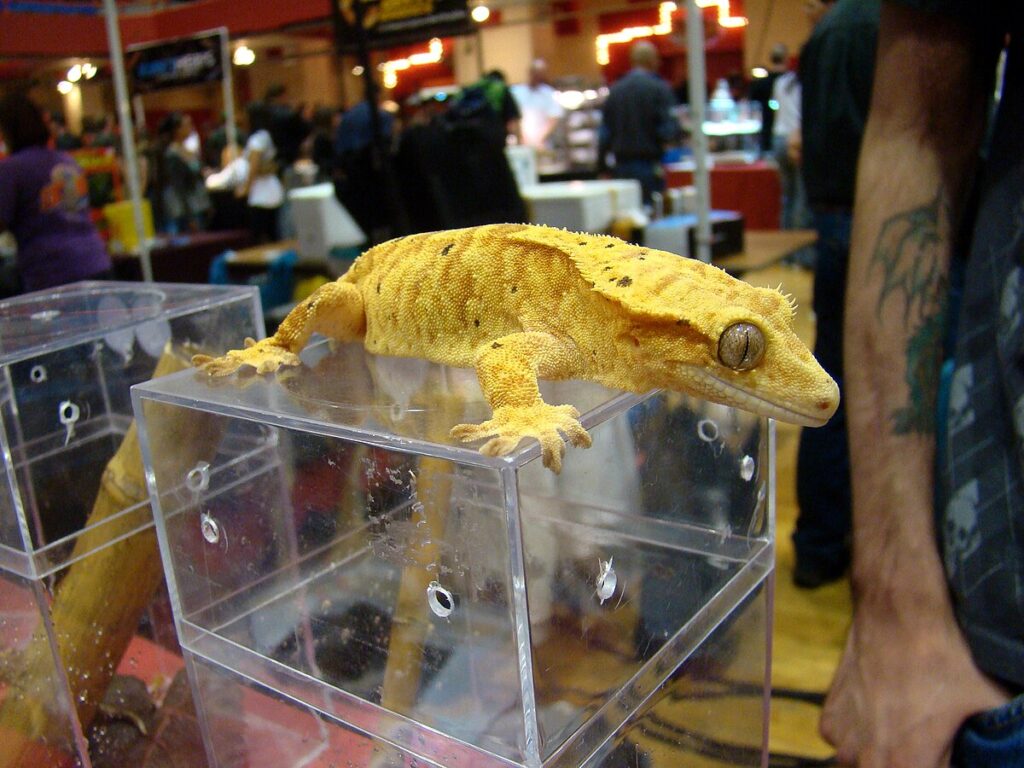
Different reptile species have unique physiological and behavioral characteristics that necessitate specialized travel accommodations. Arboreal species like chameleons and certain geckos may require containers with perches or climbing surfaces to reduce stress, while burrowing species benefit from deeper substrate that allows them to hide. Aquatic and semi-aquatic reptiles such as certain turtles present additional challenges regarding moisture management—they need enough humidity to prevent dehydration but not so much that containers become waterlogged. Venomous species require extra security measures and often face additional travel restrictions, sometimes requiring professional transporters with special permits. Social species might travel better with conspecifics, while others must be strictly separated to prevent aggression. Research your specific species’ needs thoroughly and consult with experienced keepers or herpetological societies for species-specific advice that might not be covered in general reptile transport guidelines.
Emergency Protocols During Transport
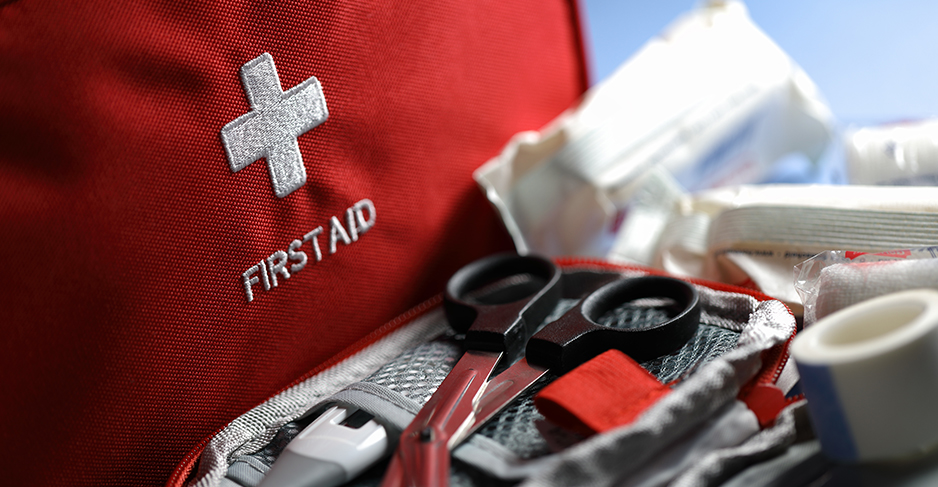
Even with meticulous planning, emergencies can arise during reptile transport that require immediate attention. Create a detailed emergency action plan before departure that includes contact information for exotic animal veterinarians along your route, as standard veterinary practices often lack reptile expertise. Carry a basic reptile first aid kit containing items like betadine solution for wound cleaning, sterile saline solution for eye or mouth rinsing, and small forceps for removing foreign objects. Learn to recognize signs of distress specific to your reptile species, which might include unusual coloration, excessive gaping, rapid breathing, or uncharacteristic behavior. Have contingency plans for unexpected delays or accommodation needs, including researching pet-friendly hotels along your route that explicitly accept reptiles, not just cats and dogs. Share your travel itinerary with someone knowledgeable about reptile care who can provide advice remotely if problems arise during your journey.
Minimizing Stress During Travel
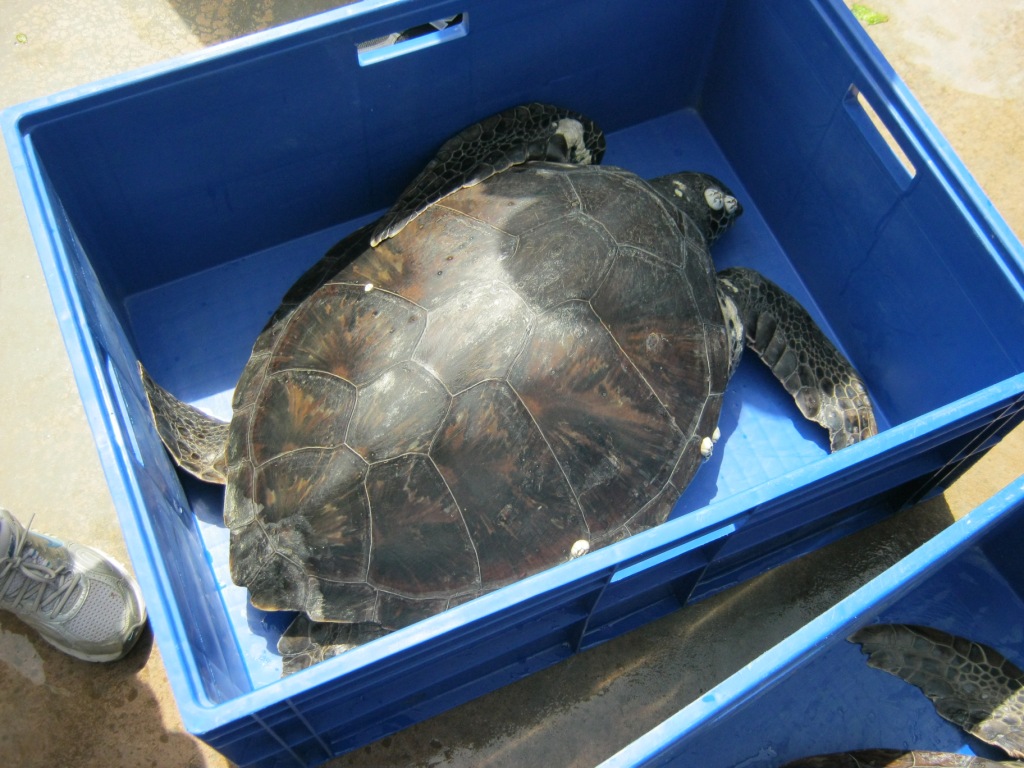
Reptiles experience significant stress during transport, which can suppress their immune system and lead to health problems even after reaching your destination. To minimize stress, maintain darkness inside the transport container, as visual stimulation from movement and unfamiliar surroundings can be particularly stressful for reptiles. Reduce noise exposure by placing the container in a quiet location during transport and avoiding unnecessary handling. Handle the container gently and avoid sudden movements or jostling, as the sensation of falling is particularly stressful for many reptile species. For longer journeys, plan appropriate stops to check on your reptile’s condition and adjust temperature regulation as needed, but avoid removing the animal from its container unnecessarily. Some reptile keepers report success using calming pheromone products designed for reptiles, though scientific evidence for their efficacy remains limited.
Post-Travel Acclimation Procedures
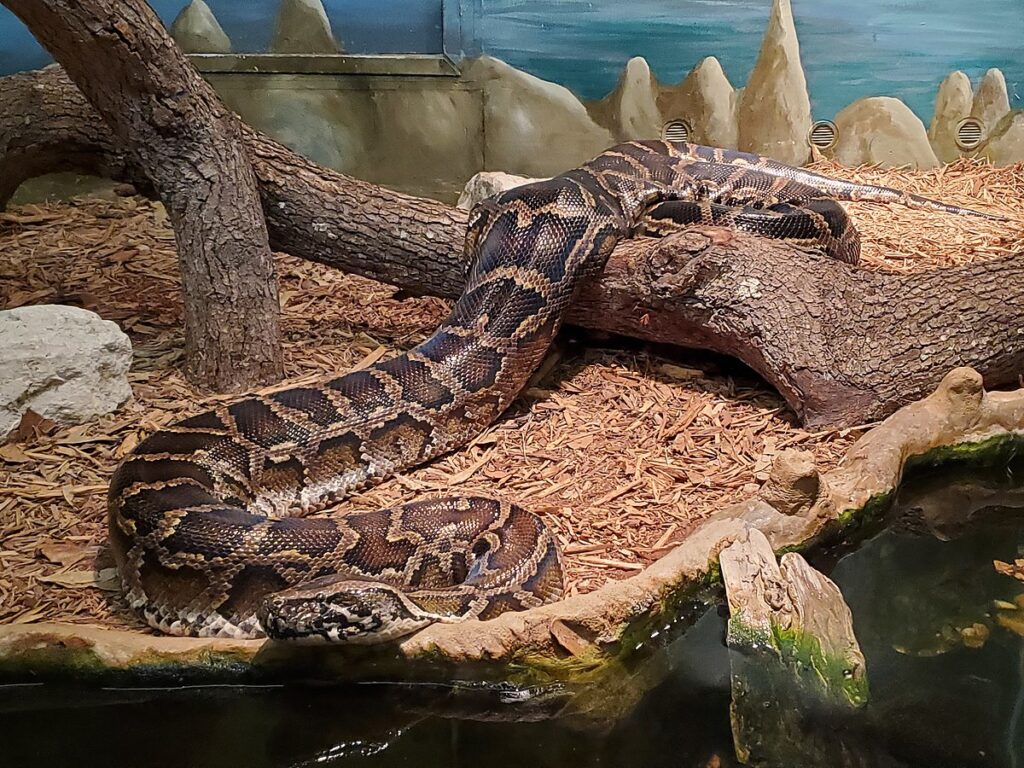
Upon reaching your destination, proper acclimation is essential to help your reptile recover from the stress of travel. Place the unopened transport container in the temporary or permanent enclosure and allow it to gradually reach the appropriate temperature before opening. Once temperatures have stabilized, gently transfer your reptile to its new environment with minimal handling. Observe closely for signs of travel-related stress or illness, including lethargy, lack of appetite, abnormal stools, or respiratory issues, and be prepared to seek veterinary care if concerning symptoms develop. Many reptiles benefit from a quiet adjustment period of 24-72 hours with minimal disturbance before resuming normal handling routines. Maintain optimal environmental conditions meticulously during this acclimation period, as the combination of travel stress and suboptimal conditions can quickly lead to health complications.
Special Considerations for Shows and Exhibitions

Traveling with reptiles specifically for shows, exhibitions, or breeding exchanges presents unique considerations beyond standard transportation issues. Many reptile exhibitions require pre-registration and health certificates specific to the event, often with strict deadlines weeks before the show date. Temporary display enclosures should balance the needs of showcasing your animal while maintaining appropriate security, temperature, and stress reduction measures. Prepare for the significantly higher exposure to pathogens at reptile gatherings by planning a post-show quarantine period before reintroducing your reptile to your collection. Be mindful of the cumulative stress caused by transport, unfamiliar surroundings, excessive handling, and exposure to crowds, which can suppress immune function. Limiting a reptile’s participation to only a few well-spaced events annually and selecting exhibitions with strict hygiene protocols can help mitigate these risks while still allowing participation in the reptile community.
Ethical Considerations in Reptile Transport

The decision to transport an exotic reptile should always be weighed against the potential stress and risks involved. Consider whether the journey is truly necessary and beneficial to the animal’s welfare, particularly for species known to be sensitive to stress or those with specialized care requirements that are difficult to maintain during travel. For permanent relocations, the ethics of introducing non-native species to new regions must be considered, even with legally permitted animals, as escape or release can have severe ecological consequences. Responsible transport also means being truthful about the species you’re transporting and not attempting to circumvent regulations designed to protect both wildlife populations and ecosystems. The reptile keeping community’s reputation and future freedom to keep exotic species depends on individual keepers demonstrating responsibility and ethical decision-making when transporting these animals across jurisdictional boundaries.
Traveling with exotic reptiles requires diligent preparation, thorough research, and careful execution to ensure both legal compliance and animal welfare. By understanding the specific requirements for your reptile species, obtaining all necessary documentation, selecting appropriate transport methods and containers, and carefully managing environmental conditions throughout the journey, you can significantly reduce the risks associated with reptile transport. Remember that the stress of travel can have lasting effects on a reptile’s health, making it essential to consider whether the journey is truly necessary and beneficial for your animal. With proper planning and attention to detail, you can successfully transport your exotic reptile companion while maintaining both their physical health and your compliance with the complex web of regulations governing these fascinating animals.


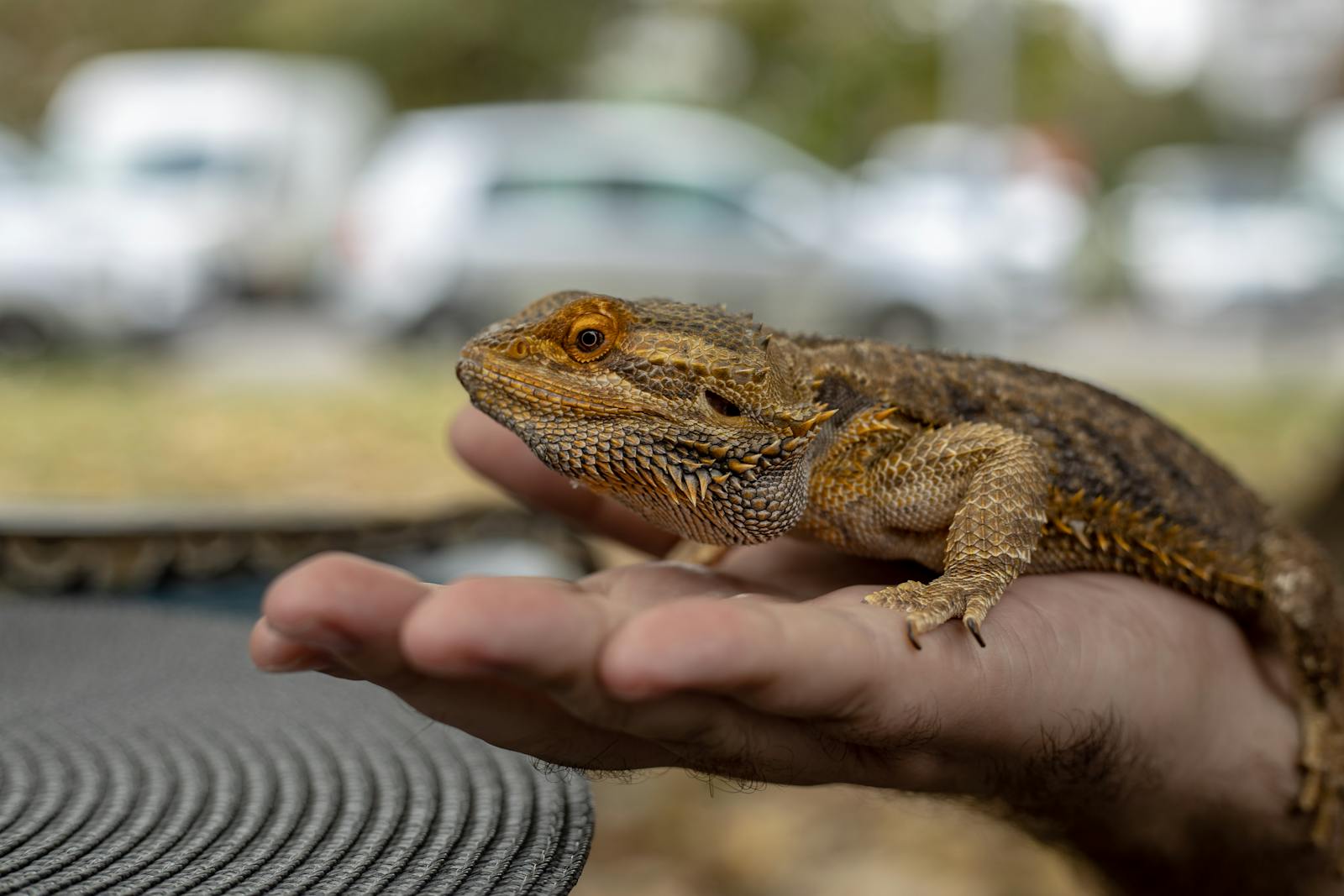

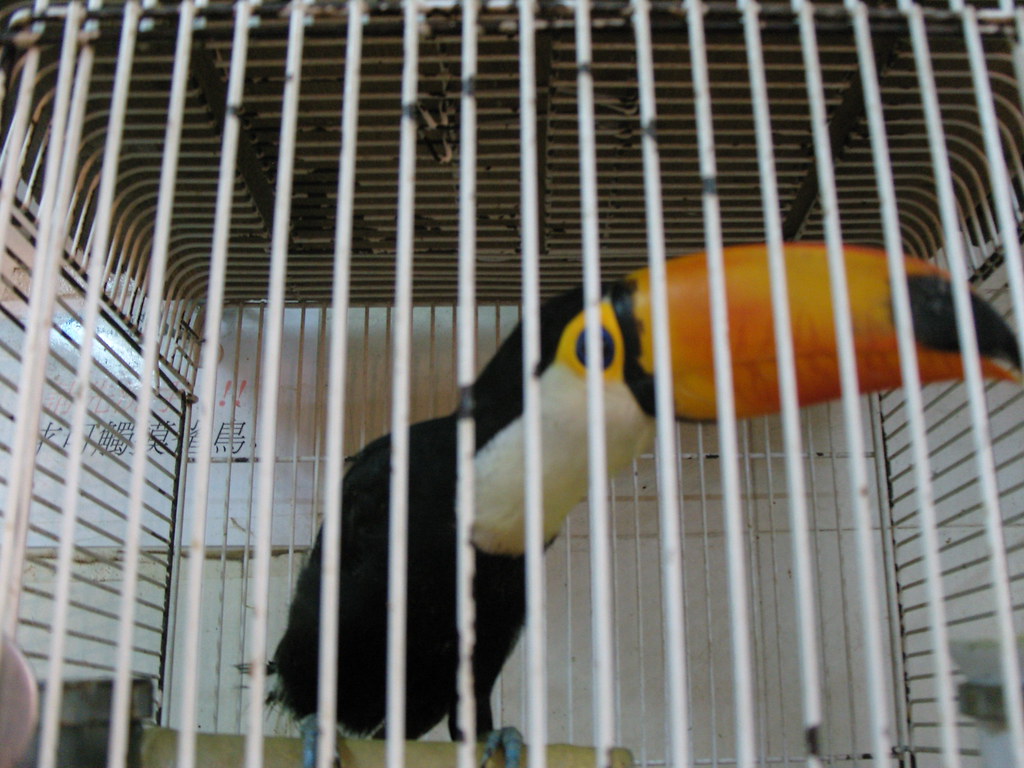

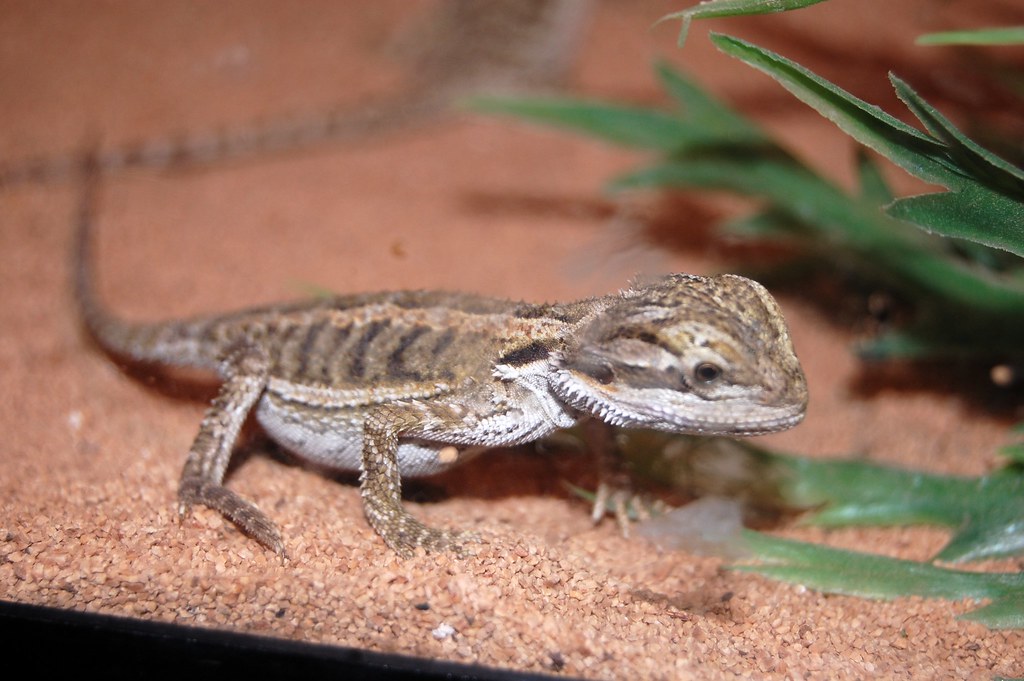
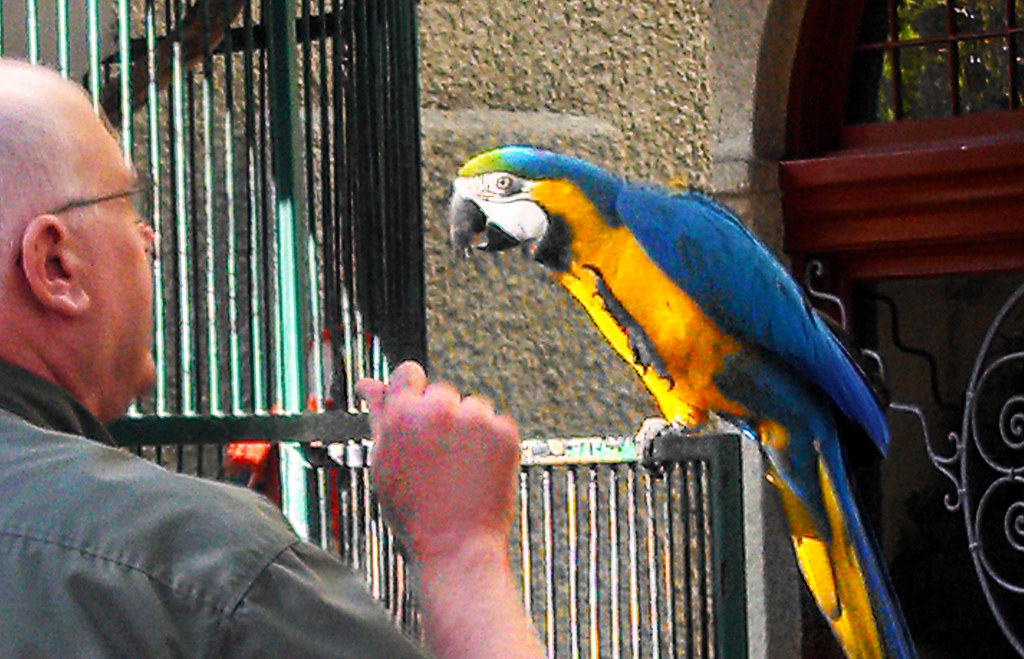
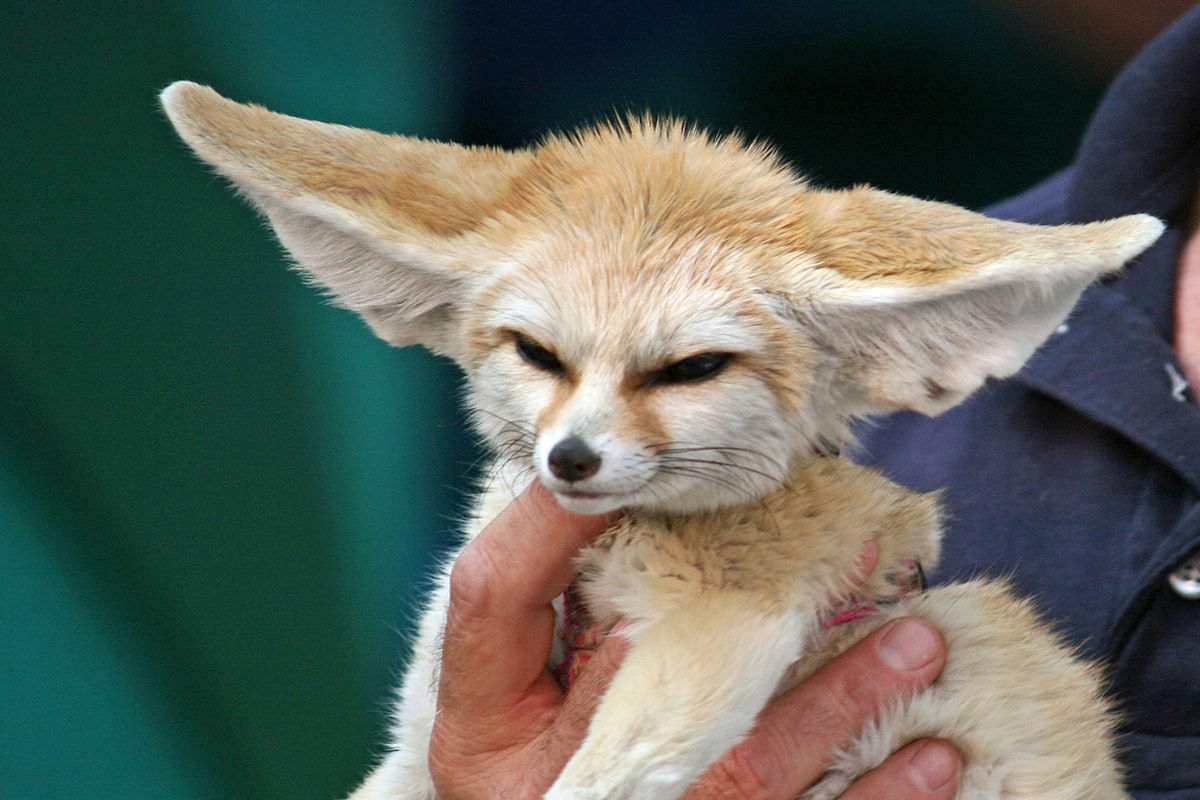

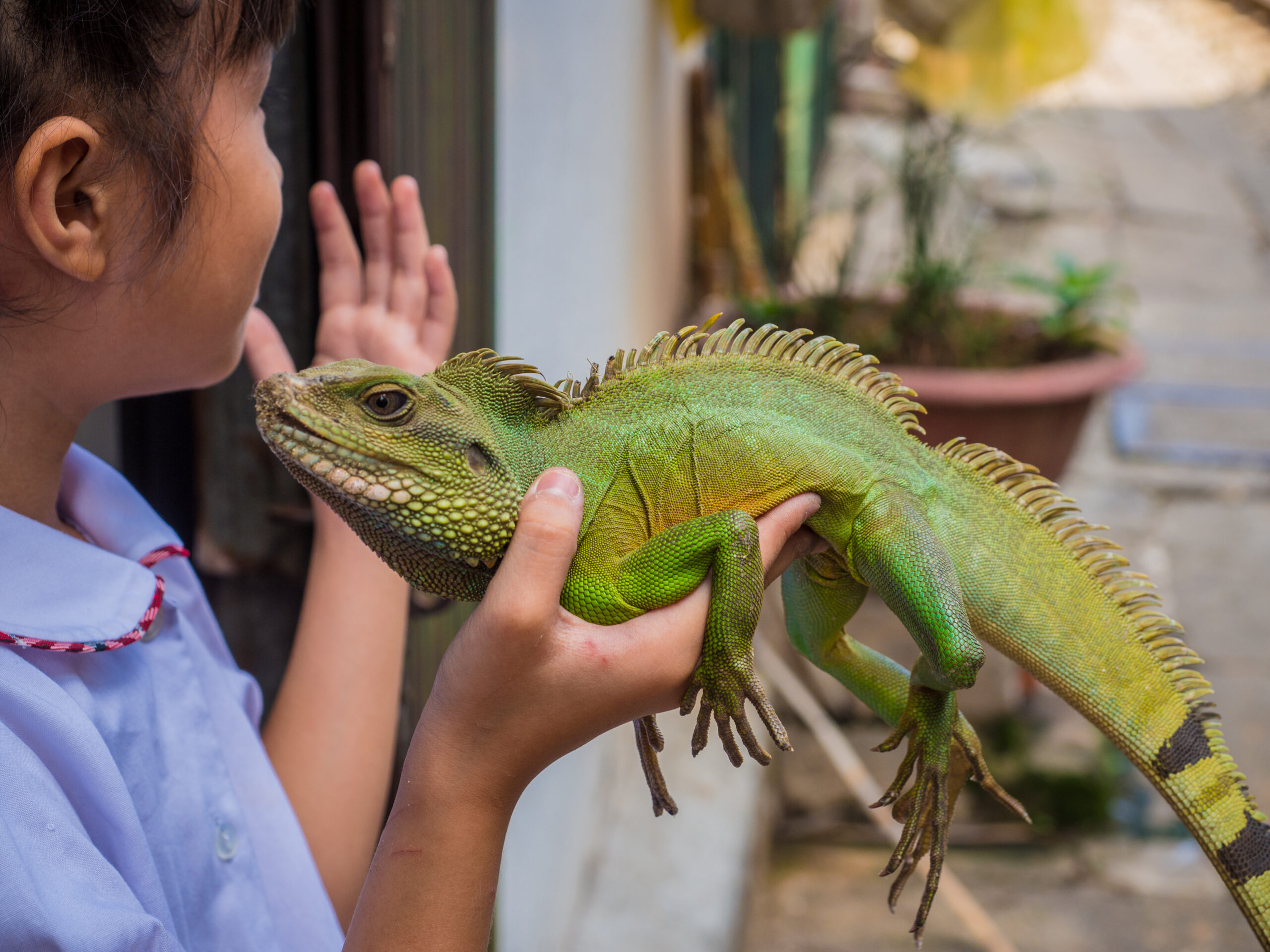
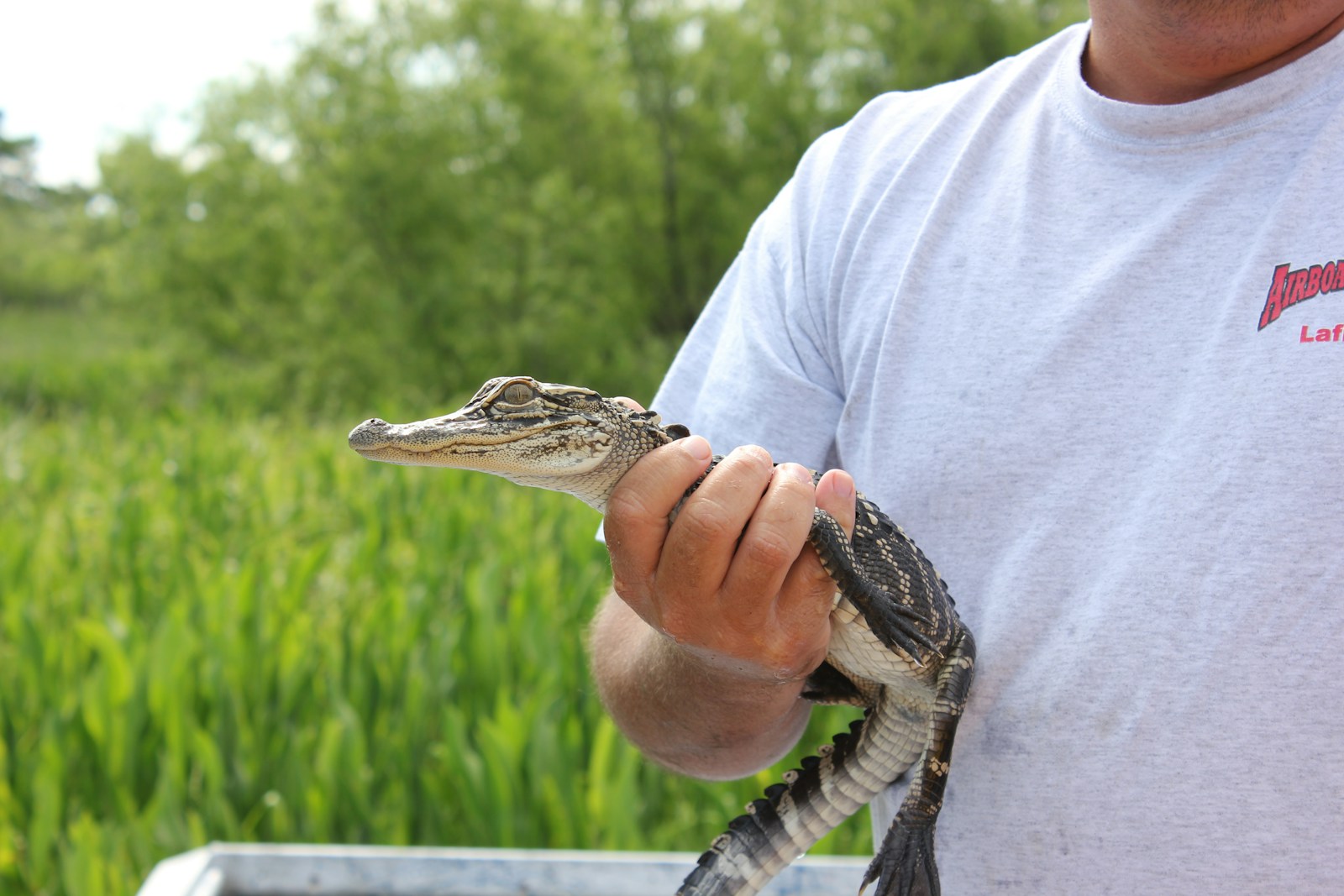




Leave a Reply